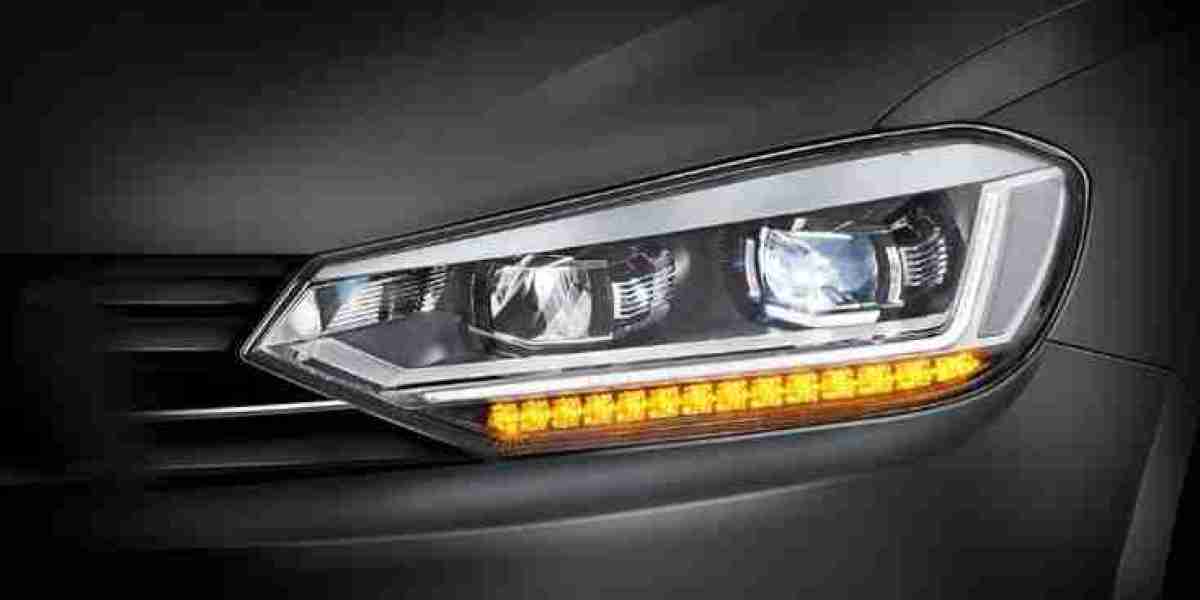The global automotive lighting market is experiencing a wave of transformation that brings exciting opportunities for stakeholders. As the industry shifts toward energy-efficient vehicles, autonomous driving, and enhanced road safety, lighting systems are evolving into sophisticated tools for both function and style. These changes are opening up significant growth avenues for lighting manufacturers, suppliers, and technology innovators. From advanced LED applications to smart lighting for electric vehicles, the market is poised for robust expansion. This article explores the most promising opportunities shaping the future of automotive lighting.
Rise of Smart Lighting Technologies
One of the most compelling opportunities lies in smart lighting systems that adapt to real-time road and weather conditions. Traditional lighting is being replaced with intelligent solutions that contribute to active safety and user comfort.
Adaptive headlights that change direction based on steering inputs improve visibility around curves and bends.
Automatic beam switching systems enhance nighttime driving by preventing glare to oncoming drivers.
Predictive lighting, using GPS data and cameras, adjusts lighting before the vehicle enters sharp turns or hills.
As these features gain traction, demand for software-integrated lighting systems continues to grow, creating opportunities for tech companies and Tier 1 suppliers to collaborate with automakers.
Opportunities in Electric and Autonomous Vehicles
The electric vehicle (EV) and autonomous vehicle (AV) segments are redefining automotive design—including how lighting systems are integrated and utilized.
EVs, due to their energy-conscious nature, demand highly efficient lighting technologies like LEDs and OLEDs.
The absence of traditional engine parts gives designers freedom to explore new lighting placements and aesthetic designs, especially at the front of the vehicle.
AVs require external communication lighting to signal intent to pedestrians and other drivers, such as when yielding or switching to autonomous mode.
These new functionalities offer opportunities for innovation in form, function, and interactivity, especially for suppliers focused on futuristic vehicle concepts.
Integration With Connected Car Platforms
With the rise of connected cars, lighting systems are becoming part of a larger ecosystem that includes navigation, sensors, and driver assistance systems.
Lighting can now be synced with Advanced Driver Assistance Systems (ADAS) to enhance safety during lane changes, sudden braking, or poor weather conditions.
Manufacturers are exploring cloud-connected lighting systems that update performance settings and diagnostics remotely.
Vehicles may use lighting to communicate alerts or warnings to nearby traffic or pedestrians.
This integration presents growth opportunities for software developers, electronics specialists, and system integrators within the automotive lighting landscape.
Increasing Focus on Vehicle Aesthetics and Customization
Today’s consumers are placing greater value on personalization and design, and lighting is a key element in vehicle identity.
Interior ambient lighting with adjustable color schemes and brightness has become a selling point in many mid- to high-end vehicles.
Signature LED light patterns and animated turn signals enhance vehicle branding and help automakers distinguish their models.
Aftermarket opportunities are also increasing, as drivers look to upgrade their vehicles with stylish, energy-efficient lighting kits.
These trends provide avenues for both OEMs and aftermarket companies to offer products that satisfy both performance and aesthetic demands.
Regulatory Support for Advanced Lighting
Global safety and environmental regulations are pushing automakers to adopt energy-efficient and advanced lighting systems.
Daytime Running Lights (DRLs) and automatic headlight systems are now mandated in several regions.
Environmental policies are encouraging the shift from halogen to low-power, recyclable lighting technologies.
Safety rating programs, like Euro NCAP, now award points for vehicles equipped with adaptive lighting and automatic beam assist.
These regulations create a favorable market environment, particularly for companies offering compliant, forward-looking lighting solutions.
Growth Potential in Emerging Markets
While mature markets like North America and Europe lead in terms of advanced lighting technologies, emerging economies present untapped potential.
Rising income levels and urbanization in Asia-Pacific, Latin America, and Africa are fueling demand for passenger and commercial vehicles.
Governments in these regions are promoting road safety initiatives, which include better vehicle lighting systems.
Affordable LED solutions are being adopted in entry-level vehicles, providing opportunities for volume-based growth.
Manufacturers that offer cost-effective, scalable lighting systems stand to gain a strong foothold in these high-growth regions.
Competitive Landscape and Innovation Trends
As the industry evolves, competition among lighting manufacturers has intensified, pushing innovation forward.
Leading players are focusing on modular and scalable lighting platforms adaptable across various vehicle categories.
Startups and niche innovators are entering the scene with unique technologies, such as holographic lighting or AI-driven beam controls.
Strategic partnerships between automotive OEMs and lighting technology firms are accelerating go-to-market strategies and R&D output.
This dynamic competitive environment presents opportunities for partnerships, mergers, and diversification for players across the value chain.
Conclusion
The automotive lighting market is rich with opportunities driven by innovation, consumer demand, and regulatory changes. From smart lighting systems and EV compatibility to connected technologies and aesthetic design trends, the sector is expanding its role in the vehicle ecosystem. Companies that anticipate these trends and align their strategies accordingly will be best positioned to capitalize on this growth. Whether it's through smart integration, energy efficiency, or creative design, the future of automotive lighting promises immense potential for all industry participants.




